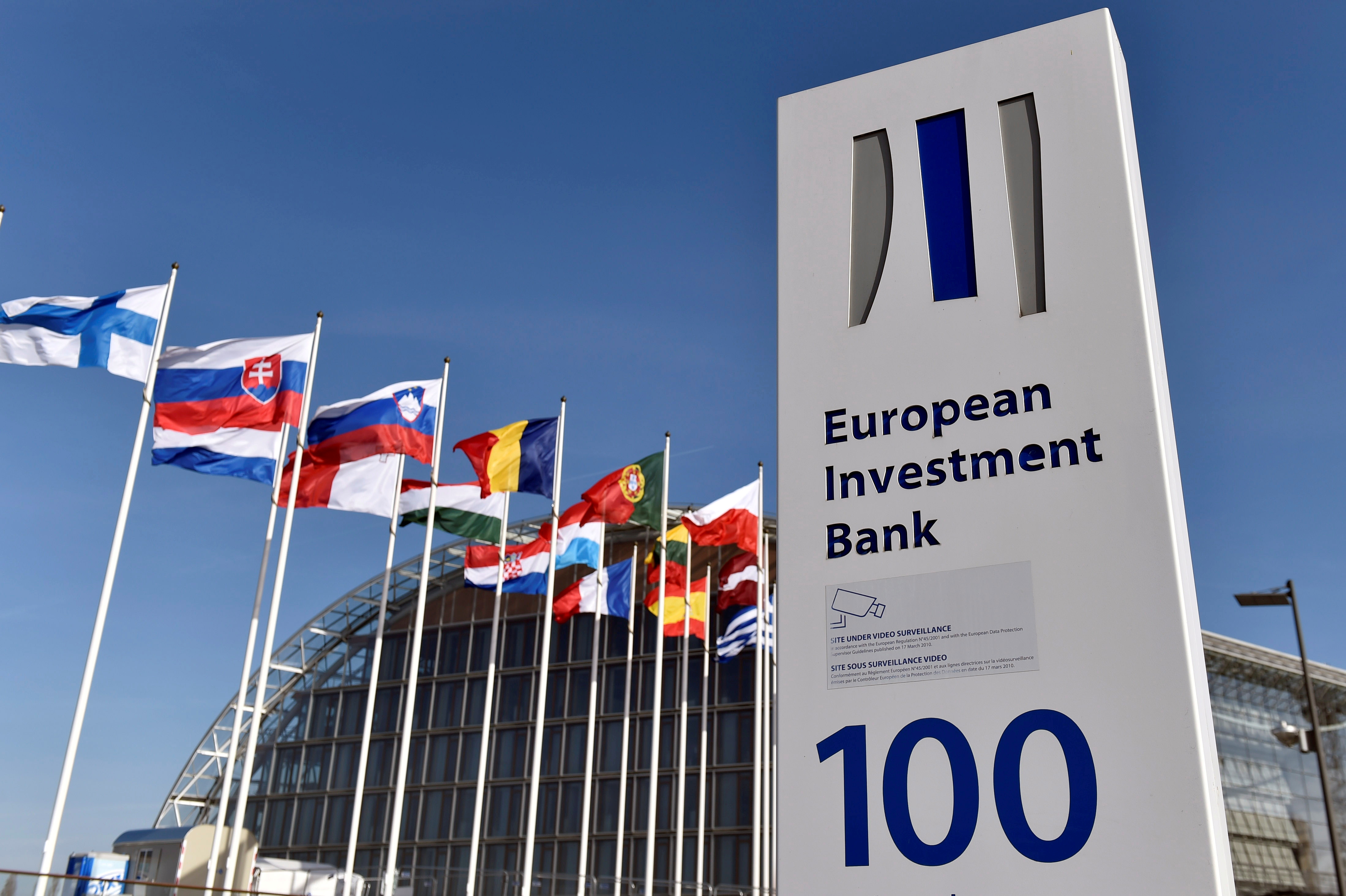ONE of the most notable obstacles to industrial development is a weak financial market, in which producers face credit constraints and experience difficulties in finding the necessary resources to finance investments.
Such constraints may depend on either inefficiencies of the financial sectors or lack of creditworthiness by private firms.
However, in other countries the problem can be purely informational and the misalignment between credit supply and demand may be due to imperfect risk evaluation by firms or creditworthiness evaluation by banks and financial institutions.
Governments may intervene to enhance credit access by subsidising credit for small firms, spurring competition in credit markets, facilitating information transmission and providing credit insurance, export credit and export guarantees.
By definition, export credit is needed in situations where (whatever the reason), the buyer of the goods defers the payment for a certain period of time.
Export credits may be in the form of supplier credits (i.e. credit granted by an exporter to a foreign buyer) or buyer credits (i.e. the exporter gets in contract with a buyer, which is financed through a loan agreement between a bank in the exporter's country and a bank in the buyer's country).
Export guarantees are instead instruments that cover the risks of export credits (political or commercial) in the case of default by the borrower.
Government may provide:
Foreign currency revolving funds, which is granting credit by the exporters' banks to pay for the imports of intermediate inputs;
Pre-shipment export finance guarantee schemes, which are targeted at exporters or potential exporters that have no sufficient proof of creditworthiness by collateral but have export letters of credit;
Matching grant schemes, which are targeted at potentially successful exporters that overestimate the risk of the exporting project and so under-invest in it.
As in the case of export and promotion subsidies, considerations regarding pressure lobbies, interest groups involvements and Government failures are of primary importance to the implementation issues of these measures as well.
Credit access constraints still represent an important barrier to export even in developed countries because imperfections in the credit markets increase the transaction costs faced by firms that intend to export.
To deal with these market failures, Government may provide trade credit and trade insurance. For instance, trade credit provision is a widely used intervention both in the United States and in Europe where it is handled by the national Export Credit Agencies.
Since the 1980s, public trade insurance provision and export credit policies have, however, been more strictly controlled and their scope has been restricted by international authorities. In particular, the Articles 1.1(b), 10, 14 and 19 of the World Trade Organisation Agreement on Subsidies and Countervailing Measures rules impose that premiums for export credit guarantees should be adequate to cover non-performing trade credit and operating costs.
The application and success of trade finance varies from country to country.
Empirical study of the effects of the public export credit guarantees provided by the Austrian Public Export Credit Agency reveals that the impact of export credit guarantees is relatively small in the long run and requires a very long period to materialise.
The instrument of public export credit guarantees available to German firms (called Hermes guarantees) to mitigate the negative effects of political risk; their empirical inquiry covers German exports to 130 countries for the period 1991-2003 were useful in promoting exports.
The main justification for public intervention here is that private credit markets are unable to provide proper risk coverage to exporters and this may lead to underinvestment.
There are two ways of providing export guarantees:
(a) The ECA grants a supplier credit, meaning that the insurance is sold directly to the exporter; (b) The ECA gives the insurance indirectly to the exporter by covering the default risk to the bank that finances the exporter.
The interventions implemented by the public ECA are governed at the international level by various institutions namely: the WTO ASCM, regarding the use of export subsidies; the Knaepen-Package, regarding minimum risk-based premium fees for country and sovereign risks; and the European Union, regarding the restriction of the public export credit activities to non-marketable.
Across all researches, the political risk emerged as an important determinant of exports and that public export guarantees have a positive and statistically significant impact on exports.
In Australia, the Australian Department of Foreign Affairs and Trade, the Export Finance Insurance Corporation (the “financial arm of Austrade”) is the agency which provides insurance and finance services to SMEs in order to increase export profitability and reduce the
related risk. Financial measures include:
(a) Export credit insurance,
(b) Political risk insurance,
(c) Fixed interest rate finance scheme for foreign buyers of Australian products, and
(d) Direct or indirect (through banks using Export Finance Insurance Corporation's Export Finance Guarantee) credit provision to buyers.
Evidence shows that between 1992 and 2002, the export volumes of firms participating in Export Finance Insurance Corporation's programmes have gradually but substantially increased.
In New Zealand, firms frequently cite lack of finance - particularly to meet working capital requirements - as a key barrier to export growth.
Nonetheless, the University of Auckland Icehouse's experience with start-ups suggests that knowledge about access to finance is often a more crucial issue than its actual supply.
Studies show that 14 out of 26 countries in Latin America have some institutional scheme to provide credit to exporters.
Credit to exporters comes from ECAs in five countries in the sample and from special credit lines for exporters in national development bank in six countries.
As expected, smaller countries (particularly in the Caribbean) do not provide credit facilities but survey of the literature on successful strategies and practices for export promotion by developing countries they rely on grants from the Caribbean Export Development Agency to finance their exporters' activities.
ECAs usually provide exporters with two types of loans:
(a) Loans to finance working capital, and
(b) Loans to finance fixed investment costs. In these 26 Latin American countries, 14 countries provide only credit to finance working capital, while 10 have programmes that in addition finance also fixed investment costs.
Only seven countries provide buyers' credit (i.e. loans to foreign buyers of domestic exports) and provide credit insurance services to their exporters.
In Argentina and Brazil, for example, the national development bank offer, in addition to the activity of the national ECAs, dedicated credit lines for the export of capital goods.
Besides standard credit schemes, there are also other financial services that are increasingly used to promote exports.
One of these is the factoring service that allows firms with foreign creditworthy buyers to sell their accounts for immediate cash.
This financial tool entails:
(a) Credit protection,
(b) Accounts receivable bookkeeping,
(c) Collection services and financing. It has been extensively used by both developed and developing countries and, in particular, by China,
Mexico, Turkey and Brazil, providing profitable opportunities for exporters and SMEs. Exporters extensively use these services because of two main advantages they provide:
(a) Interest rates lower than the market ones, and
(b) Credit availability for longer periods with respect to commercial banks.
In Malaysia, SMEs and entrepreneurs are given different types of incentives offered by the Export Import Bank of Malaysia (such as bank letter of credit and policy, buyer and supplier credit facility, overseas project financing facilities) played a positive role in increasing exports.
Best practice as shown in this discussion has demonstrated that trade finance is a critical tool which can be used to stimulate exports.
Interestingly, in this discussion most of my examples cover developed countries and emerging markets.
In these countries, there is clear empirical evidence that both developed and emerging markets have successfully triggered their exports through trade finance.
This is a clear lesson to Zimbabwe.
I am happy to note that the Finance Minister Patrick Chinamasa in one of his recent statements noted that one of the explanation of Zimbabwe being turned into a warehouse for foreign commodities is due to subsidies availed to foreign firms who later on export to Zimbabwe thereby displacing local products from the shelves.
This situation poses a serious threat to local industry as conventional wisdom states that charity begins at home!
If we cannot compete with foreign products at our doorstep what guarantee is there that we can compete with foreign firms in their own backyard? The answer is obvious!
In recent years we have witnessed a ballooning trade deficit which is clear testimony to lack of competitiveness of Zimbabwe products both at home and abroad.
As Government is coming up with a number of strategies to reinvigorate the economy, trade finance must be one of them!
-----------
Gift Mugano is an author and expert in International Economics and Development in Africa, PhD finalist (Economics) and a lecturer of International Trade and Finance at Nelson Mandela Metropolitan University. He is based in Port Elizabeth, South Africa. Email: gmugano@gmail.com, Mobile: +27 780 174 112.
- herald
 Concern over Masvingo black market
Concern over Masvingo black market  Kenya declares three days of mourning for Mugabe
Kenya declares three days of mourning for Mugabe  UK's Boris Johnson quits over Brexit stretegy
UK's Boris Johnson quits over Brexit stretegy  SecZim licences VFEX
SecZim licences VFEX  Zimbabwe abandons debt relief initiative
Zimbabwe abandons debt relief initiative  European Investment Bank warms up to Zimbabwe
European Investment Bank warms up to Zimbabwe  Young Investment Professional (YIP) Graduate Programme 2019
Young Investment Professional (YIP) Graduate Programme 2019 











 Young Investment Professional (YIP) Graduate Programme 2019
Young Investment Professional (YIP) Graduate Programme 2019
Editor's Pick